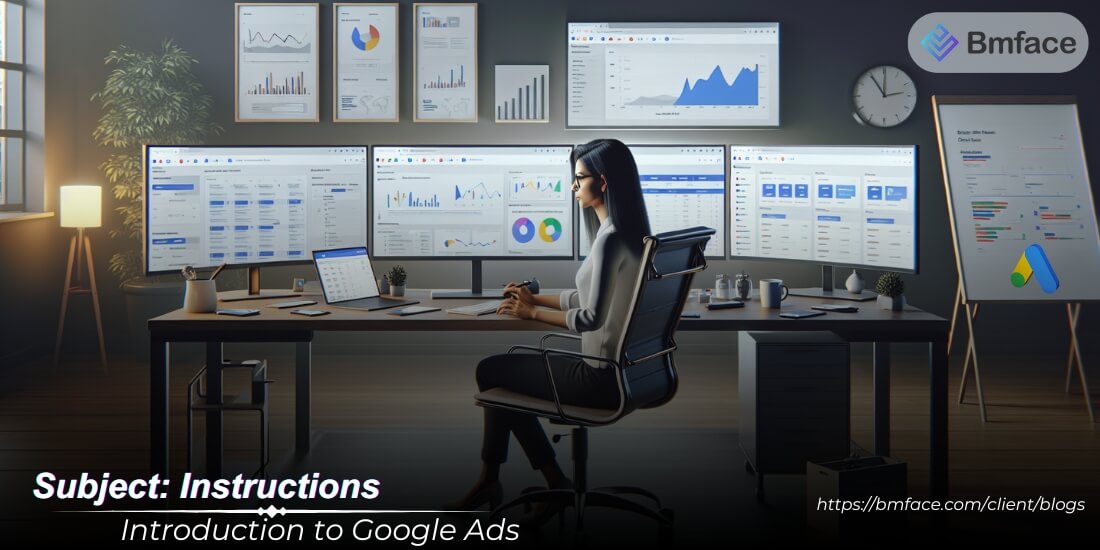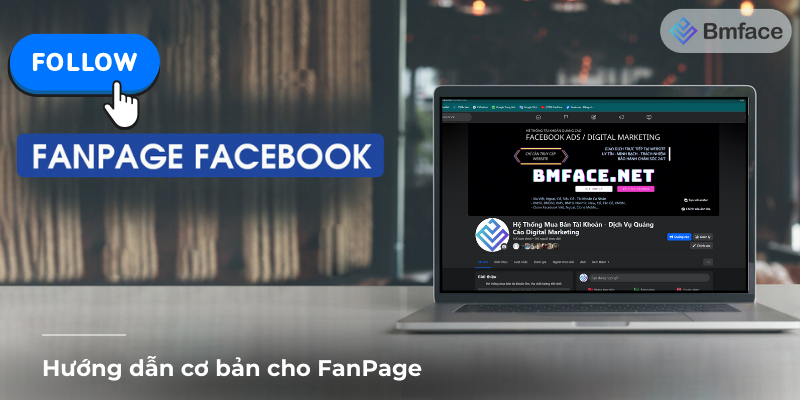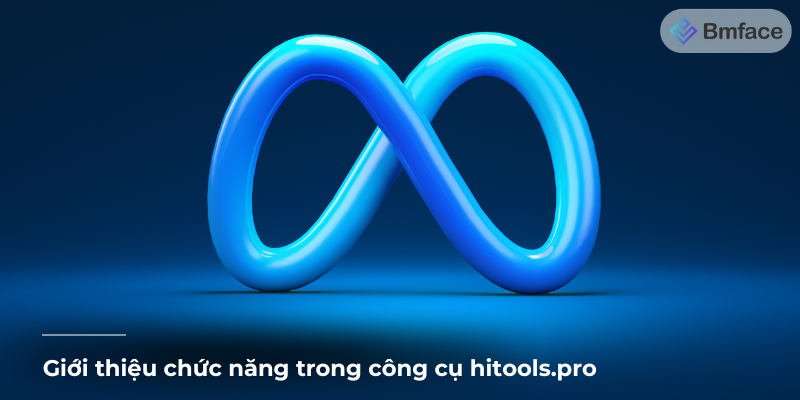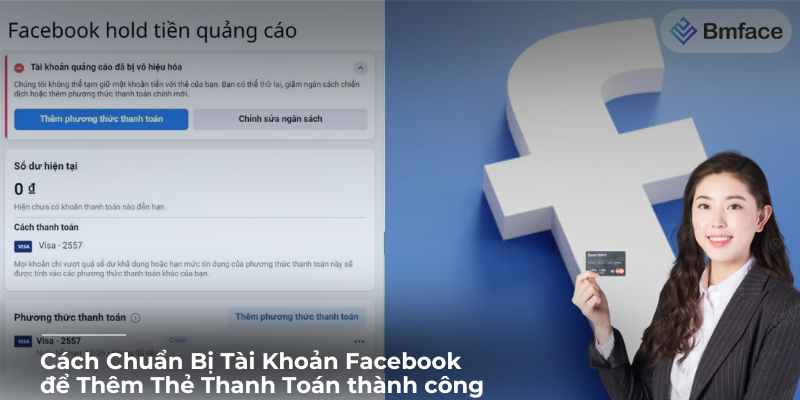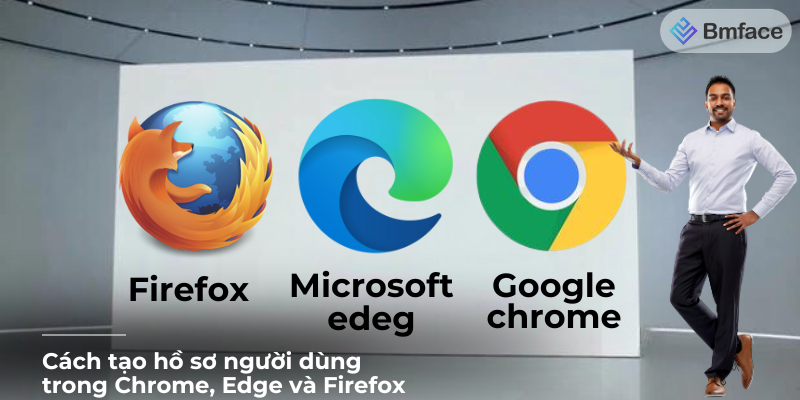Google Ads is a powerful online advertising platform that allows businesses to reach potential customers at the exact moment they are searching for a product or service. BMface will help you learn the basics of Google Ads which is important for any business looking to enhance their online presence and drive targeted traffic to their website. me.
What is Google Ads?

Overview of Google Ads
Google Ads, formerly known as Google AdWords, is an online advertising platform developed by Google. It enables businesses and individuals to create and display brief advertisements, service offerings, product listings, and video content to web users across the expansive Google ad network. Launched in 2000, Google Ads has become one of the most popular and effective digital advertising platforms in the world, helping businesses reach potential customers precisely when they are searching for relevant products or services.
Key Features:
- Diverse Ad Formats: Google Ads supports various ad formats, including text ads, image ads, video ads, and interactive ads.
- Extensive Reach: Ads can be displayed on Google Search, YouTube, Google Display Network, and partner websites.
- Targeting Options: Advanced targeting options allow advertisers to reach specific demographics, interests, and geographical locations.
How Google Ads Works
Google Ads operates on a pay-per-click (PPC) model, which means advertisers bid on keywords and pay each time a user clicks on their ad. Here's a detailed breakdown of how it works:
Keyword Bidding:
- Keyword Selection: Advertisers choose keywords relevant to their business and target audience.
- Bidding: Advertisers set a maximum bid, which is the highest amount they are willing to pay for a click on their ad. This bid helps determine the ad's placement.
Ad Auction:
- Ad Rank: Google uses an ad auction system to determine the placement of ads. Ad Rank is calculated based on the bid amount, ad quality, and expected impact of ad extensions.
- Quality Score: This is a measure of the quality and relevance of your ads and keywords. A higher Quality Score can lead to lower costs and better ad positions.
Ad Display:
- Search Ads: These appear at the top or bottom of Google search results pages when users search for relevant keywords.
- Display Ads: These are shown on websites within the Google Display Network, reaching users as they browse online.
- Video Ads: These are displayed on YouTube and across the Google Display Network.
Cost and Payment:
- Pay-Per-Click: Advertisers pay only when users click on their ads.
- Cost-Per-Impression (CPM): For display ads, advertisers can choose to pay per thousand impressions.
- Cost-Per-View (CPV): For video ads, advertisers pay when users view their video.
Benefits of Using Google Ads

Targeted Advertising
One of the biggest advantages of Google Ads is the ability to target specific audiences based on various criteria, including keywords, location, demographics, interests, and device type. This ensures that your ads are seen by potential customers who are more likely to be interested in your products or services.
Measurable Results
Google Ads provides detailed analytics and reporting tools that allow advertisers to track the performance of their campaigns in real-time. You can monitor metrics such as clicks, impressions, conversion rates, and return on investment (ROI), which helps in making data-driven decisions to optimize your campaigns.
Cost Control
Google Ads offers flexibility in budgeting, allowing you to set daily or monthly limits for your ad spend. You can also adjust your bids and budget allocations based on the performance of your campaigns, ensuring that you never exceed your desired spending limits.
Quick and Flexible
Google Ads allows you to create and launch ad campaigns quickly. You can make changes to your ads, targeting, and budget at any time, providing the flexibility to adapt to market changes and optimize performance.
Increased Brand Awareness
By displaying your ads on Google Search, YouTube, and across the Google Display Network, you can significantly increase your brand's visibility and reach a wider audience. Even if users do not click on your ads, seeing your brand name can help improve brand recognition and recall.
High Return on Investment (ROI)
With its targeted approach and performance-based payment model, Google Ads can provide a high ROI. By continuously optimizing your campaigns based on performance data, you can ensure that your advertising spend is generating valuable leads and conversions.
Google Ads is a powerful tool for businesses looking to reach their target audience effectively. Its comprehensive targeting options, measurable results, cost control, and flexibility make it an essential component of any digital marketing strategy. By leveraging Google Ads, you can increase brand awareness, drive traffic to your website, and achieve a high return on investment. Implementing a well-planned Google Ads campaign can help you connect with potential customers and grow your business in a competitive online marketplace.
Setting Up a Google Ads Campaign

Step-by-Step Guide
Setting up a Google Ads campaign involves several essential steps, from creating your account to defining goals, selecting keywords, writing ad copy, and setting a budget. Here's a detailed step-by-step guide to help you get started:
Create an Account
- Sign Up: Visit the Google Ads homepage and click on "Start Now" to create your account.
- Provide Information: Fill in the necessary details, such as your email address, website URL, and billing information.
- Choose Your Campaign Type: Select the type of campaign you want to run (e.g., Search Network, Display Network, Video).
Define Your Goals
- Identify Objectives: Determine what you want to achieve with your ads, such as increasing website traffic, generating leads, or boosting sales.
- Set Specific Goals: Make your goals specific and measurable. For example, "Increase website traffic by 20% in three months" or "Generate 50 new leads per month."
Select Keywords
- Conduct Keyword Research: Use tools like Google Keyword Planner to identify relevant keywords that potential customers are searching for.
- Analyze Competition: Look at the keywords your competitors are targeting and consider including them in your list.
- Choose Keywords: Select a mix of broad, exact, and long-tail keywords to capture a wide range of search queries.
Write Ad Copy
- Craft Compelling Headlines: Create attention-grabbing headlines that include your primary keywords.
- Include Key Information: Make sure your ad copy highlights the main benefits or features of your product or service.
- Add a Clear Call to Action: Encourage users to take a specific action, such as "Buy Now," "Learn More," or "Sign Up Today."
- Optimize for Relevance: Ensure your ad copy is relevant to the keywords and landing page to improve your Quality Score.
Set a Budget
- Decide on Your Budget: Determine how much you are willing to spend on your campaigns. Consider starting with a small budget to test the effectiveness of your ads.
- Set Daily or Monthly Limits: Google Ads allows you to set daily or monthly spending limits to control your costs.
- Bid Strategically: Choose your bidding strategy based on your goals. For example, use manual bidding if you want more control over your CPC or automated bidding if you want Google to optimize bids for you.
Launch and Monitor Your Campaign
- Review Your Settings: Double-check all your settings, including targeting options, keywords, and ad copy.
- Launch Your Campaign: Once everything is set up, click "Save and Continue" to launch your campaign.
- Monitor Performance: Regularly check your campaign performance through Google Ads' analytics tools. Monitor key metrics like CTR, conversion rates, and CPC.
- Make Adjustments: Based on performance data, make necessary adjustments to keywords, ad copy, and bidding strategies to optimize your campaign.
Setting up a Google Ads campaign is a strategic process that requires careful planning and execution. By following these steps, you can create a well-structured campaign that targets the right audience, uses effective keywords, and maximizes your budget. Regular monitoring and optimization will help you achieve your advertising goals and improve your campaign's ROI.
Optimizing Your Google Ads Campaign
Keyword Optimization
- Regular Review: Regularly review your keyword list to identify underperforming keywords and remove them. This helps in focusing your budget on high-performing keywords.
- Negative Keywords: Use negative keywords to filter out irrelevant traffic, ensuring that your ads only show up for searches that are likely to result in conversions.
- Expand Keyword List: Continuously add new relevant keywords based on trends and search data to capture a broader audience.
- Match Types: Use a mix of broad match, phrase match, and exact match keywords to balance reach and relevance.
Ad Copy Improvement
- A/B Testing: Conduct A/B testing on different ad copies to identify which versions perform best. Test variations in headlines, descriptions, and calls to action.
- Highlight Unique Selling Points: Make sure your ad copy highlights your unique selling points and differentiates you from competitors.
- Update Regularly: Refresh your ad copy regularly to prevent ad fatigue and keep your audience engaged.
- Responsive Search Ads: Use responsive search ads to allow Google to automatically test different combinations of headlines and descriptions to find the best-performing combinations.
Performance Tracking
- Set Up Conversion Tracking: Ensure that conversion tracking is set up correctly to measure the actions users take after clicking your ads, such as purchases, sign-ups, or downloads.
- Analyze Key Metrics: Regularly monitor key metrics like click-through rates (CTR), conversion rates, cost per click (CPC), and return on ad spend (ROAS).
- Custom Reports: Use custom reports and dashboards in Google Ads to track performance against your specific goals and KPIs.
- Adjust Bids and Budgets: Based on performance data, adjust your bids and budgets to allocate more resources to high-performing keywords and ads.
Conclusion
Google Ads is an essential tool for businesses looking to increase their online visibility and attract more customers. By understanding how Google Ads works, setting up effective campaigns, and continuously optimizing your ads, you can achieve significant results and maximize your return on investment. Start leveraging the power of Google Ads today to drive targeted traffic and grow your business.
Implementing keyword optimization, improving ad copy, and tracking performance are crucial steps to ensure your campaigns are as effective as possible. With regular monitoring and adjustments, you can refine your strategy and achieve your advertising goals more efficiently.
Cảm ơn bạn đã theo dõi bài viết. Mua hàng tại Bmface.com để ủng hộ đội ngũ Admin viết thêm nhiều bài viết hay. Xin cảm ơn!


